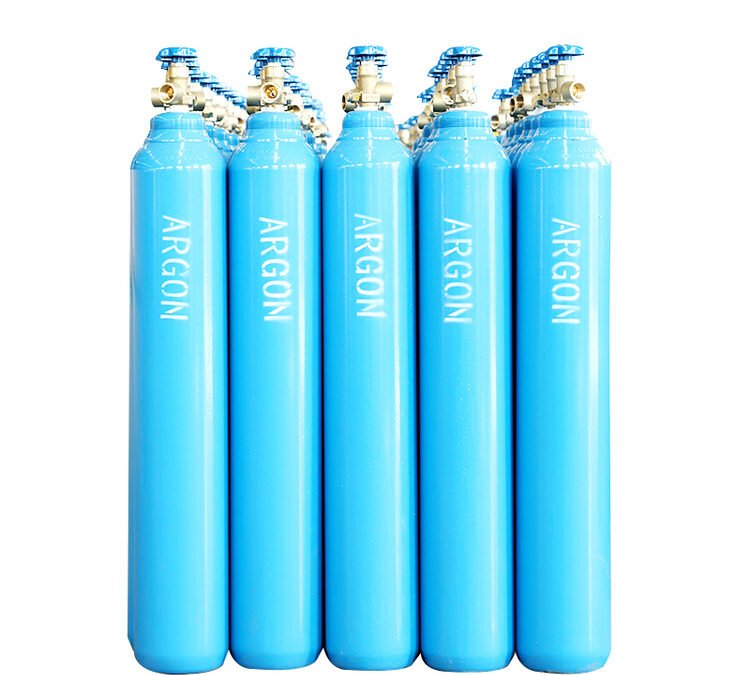Metal Inert Gas (MIG) welding is a widely used welding process that relies on the use of inert gases to create a clean and efficient welding environment. Among the various inert gases utilized in MIG welding, argon stands out as a crucial component. Argon gas cylinders play a pivotal role in ensuring the success of MIG welding operations by providing a stable and protective atmosphere for the welding process.
Understanding MIG Welding:
MIG welding, also known as Gas Metal Arc Welding (GMAW), involves the creation of an electrical arc between a consumable electrode and the workpiece. This process results in the melting of the electrode, forming a weld pool that joins the pieces being welded. Unlike other welding techniques, MIG welding employs a shielding gas to protect the molten metal from atmospheric contaminants such as oxygen and nitrogen.
The Significance of Argon Gas:
Argon is an inert gas, meaning it does not chemically react with the metals being welded. This property is crucial in MIG welding, as it prevents oxidation and other undesirable reactions that can compromise the quality of the weld. Argon creates a stable arc and a clean welding environment, resulting in high-quality and visually appealing welds.
Role of Argon Gas Cylinders in MIG Welding:
Argon gas cylinders are the primary source of the shielding gas required for MIG welding. These cylinders store argon in a compressed state, making it easily transportable and accessible for welding applications. The cylinders come in various sizes to accommodate the needs of different welding projects, ranging from small-scale repairs to large industrial applications.
Regulating Gas Flow:
Achieving optimal welding conditions requires precise control of the argon gas flow. Argon gas cylinders are equipped with regulators that allow welders to adjust the flow rate according to the specific requirements of the welding process. Proper regulation ensures that the shielding gas blankets the weld pool effectively, providing the necessary protection against atmospheric contaminants.
Applications of MIG Welding with Argon Gas:
The versatility of MIG welding with argon gas makes it suitable for a wide range of applications. It is commonly used in the automotive industry, fabrication of metal structures, and the production of various metal components. The clean and efficient nature of MIG welding with argon gas contributes to increased productivity and high-quality welds.
Safety Considerations:
While argon is generally considered a safe and inert gas, proper handling and storage of argon gas cylinders are essential to ensure safety. Welders should be trained in the correct procedures for cylinder handling, storage, and connection. Additionally, adequate ventilation in the welding area is crucial to prevent the accumulation of argon gas, which can displace oxygen and pose a health risk.
Conclusion:
Argon gas cylinders are indispensable for MIG welding, providing the essential shielding gas that creates a clean and protective environment for the welding process. The use of argon in MIG welding ensures high-quality welds, making it a preferred choice in various industries. As technology advances, the role of argon gas in welding continues to evolve, contributing to the efficiency and precision of metal fabrication processes.

